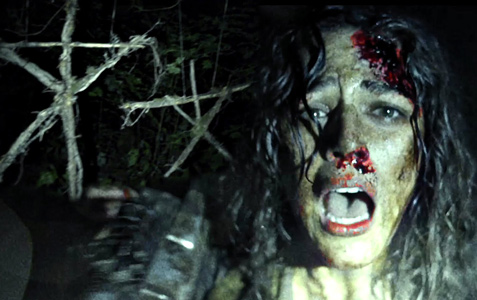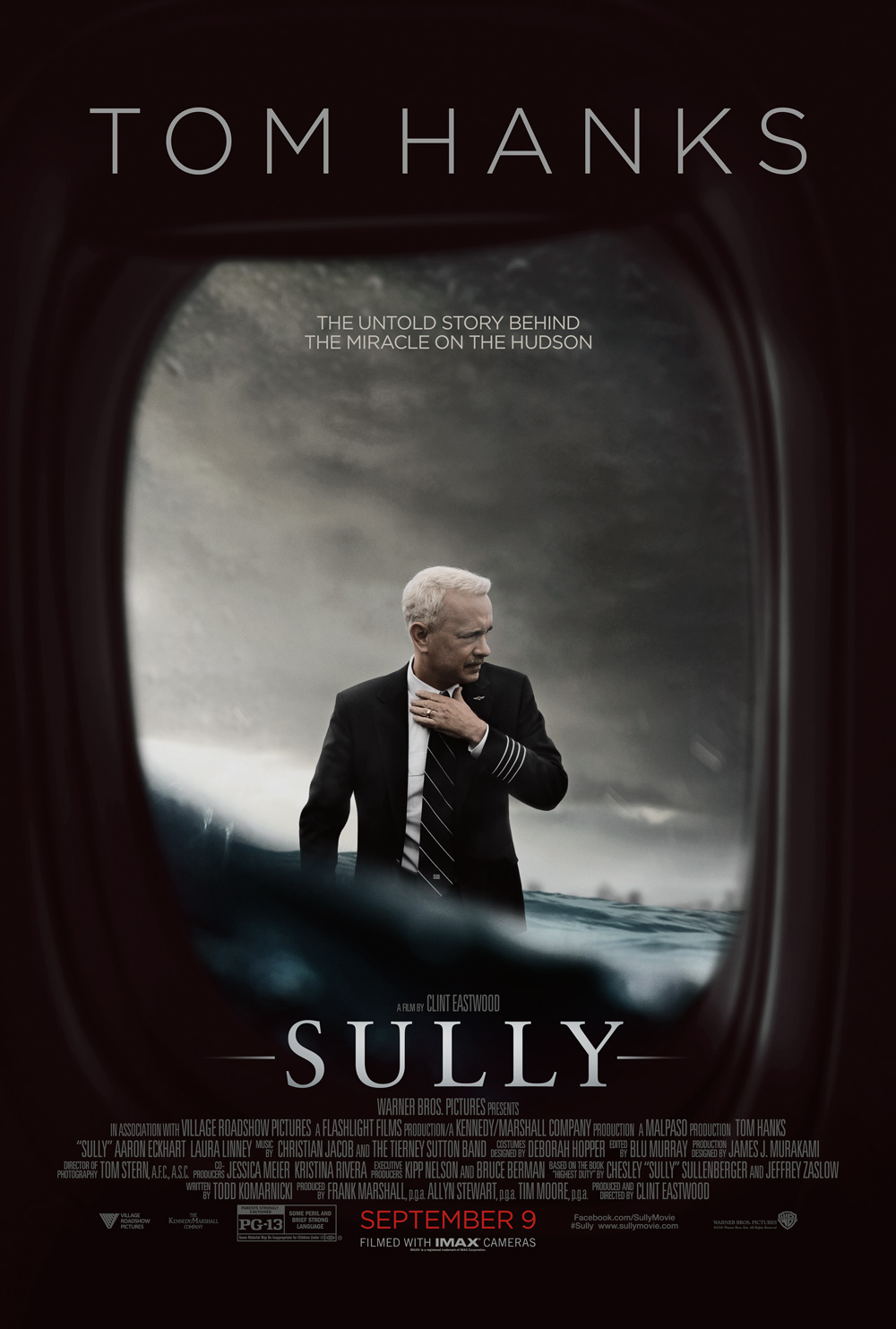Every Tuesday, I review the newest Blu-ray releases and let you know whether they’re worth buying, renting or skipping, along with a breakdown of the included extras. If you see something you like, click on the cover art to purchase the Blu-ray from Amazon, and be sure to share each week’s column on social media with your friends.
“Captain America: Civil War”
WHAT: After a mission to retrieve a biological weapon in Nigeria results in collateral damage, the United Nations proposes a law to regulate the Avengers, which creates a rift among the team’s members. So when his old friend Bucky (Sebastian Stan) is framed for a terrorist attack, Captain America (Chris Evans) goes rogue in order to protect him, leaving Tony Stark (Robert Downey Jr.) no other choice but to hunt them both down.
WHY: “Civil War” has been jokingly referred to as “Avengers 2.5,” and for good reason, because while the movie may be a Captain America sequel in name, it’s a continuation of several different story threads from “Winter Soldier,” “Age of Ultron” and more. Though the film feels a bit crowded at times with all of the various characters and cameos (including the introduction of Black Panther and Spider-Man), they never overshadow the central conflict. Unlike “Batman v Superman,” “Civil War” actually gives its characters a reason for fighting, and that goes a long way in legitimizing the ideological and physical clash between its opposing heroes. The movie isn’t perfect – Daniel Brühl’s villainous Zemo is underserved, and the filmmakers ignore a key argument in favor of the anti-registration side – but it does such a good job of balancing the emotionally-charged narrative with some excellent action sequences and fan service that those flaws seem trivial in comparison. “Civil War” is perhaps Marvel’s darkest and most mature film to date, but it still knows how to have fun, and that’s paramount to its success.
EXTRAS: In addition to an audio commentary by directors Anthony and Joe Russo, there’s a two-part making-of featurette, a look at Captain America and Iron Man’s respective journeys across the MCU, deleted scenes, a gag reel and an exclusive sneak peek at “Doctor Strange.”
FINAL VERDICT: BUY



 Before there was gin, there was genever — sometimes also called jenever — a concoction that is similar and yet different from the ubiquitous clear booze we now enjoy in our martinis and G&Ts. One obvious geographical difference is that most gins are now made in England or thereabouts, and by law, a liquor can only be marketed as genever if it’s from the Netherlands or Belgium. Only a few brands can be found at all in the United States and, so far, I’ve only seen one on store shelves: Bols Genever. The flavor is definitely different; the manufacturing process is more similar to whiskey, and many detect a more malty flavor.
Before there was gin, there was genever — sometimes also called jenever — a concoction that is similar and yet different from the ubiquitous clear booze we now enjoy in our martinis and G&Ts. One obvious geographical difference is that most gins are now made in England or thereabouts, and by law, a liquor can only be marketed as genever if it’s from the Netherlands or Belgium. Only a few brands can be found at all in the United States and, so far, I’ve only seen one on store shelves: Bols Genever. The flavor is definitely different; the manufacturing process is more similar to whiskey, and many detect a more malty flavor.
